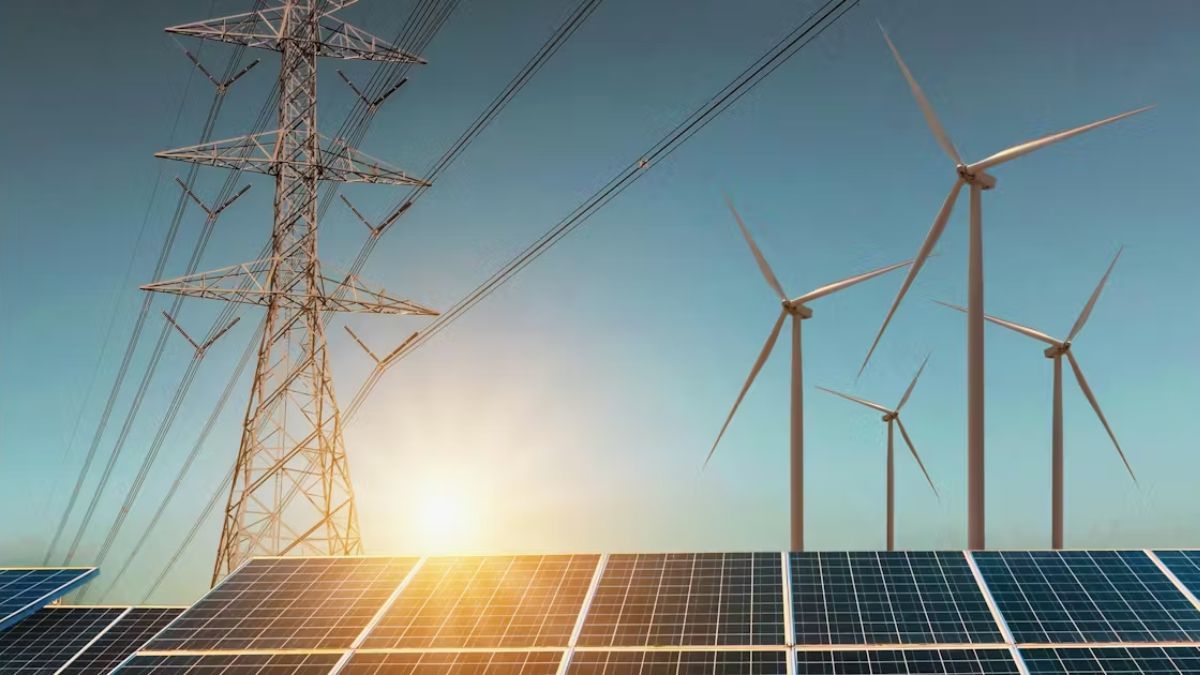 Image credits - T&D World
Image credits - T&D World
Advertisement
The United States Energy Information Administration (EIA) released an insightful report on August 19, detailing the nation’s power grid generating capacity for the first half of 2024. The U.S. Power Grid Added 20.2 GW of Generating Capacity in the First Half of 2024 article gives a thorough rundown of the developments and changes that have occurred in the country’s energy industry.
According to the EIA, developers and power plant owners added 20.2 gigawatts (GW) of utility-scale generating capacity during the first six months of 2024. This marks a significant increase compared to the same period in 2023, where only 16.6 GW of capacity was added. The report highlights a 21% rise, reflecting a robust expansion in the power grid’s capabilities.
Solar Power is leading the charge, contributed 12 GW, representing 59% of the total new additions. This surge in solar capacity aligns with the broader trend of increased investment in renewable energy sources. With 4.2 GW added, battery storage systems account for 21% of the new capacity. The increasing demand for energy storage technologies to balance sporadic renewable energy sources is supported by this expansion.
Wind energy contributed 2.5 GW, making up 12% of the total additions. This reflects continued growth in wind infrastructure.Nuclear energy added 1,114 megawatts (MW), representing a smaller but still significant portion of new capacity. In addition to new installations, the report provides insights into capacity retirements. The estimates show that 5.1 GW of generating capacity was retired in the first half of 2024. Natural gas facilities were responsible for over 51% of this retired capacity, while coal-powered plants accounted for 41%. This trend underscores a shift away from fossil fuels in favor of cleaner energy sources.
The report also anticipates that another 42.6 GW of capacity will be added in the second half of the year, reflecting continued growth in the U.S. power sector. The shift toward renewable energy sources and the decline of fossil fuel-based power plants highlight a significant transformation in the energy landscape, driven by both policy initiatives and market forces.
The EIA’s findings indicate a clear trend toward a more diversified and sustainable energy mix in the United States, with substantial investments in renewable energy technologies and energy storage solutions.
